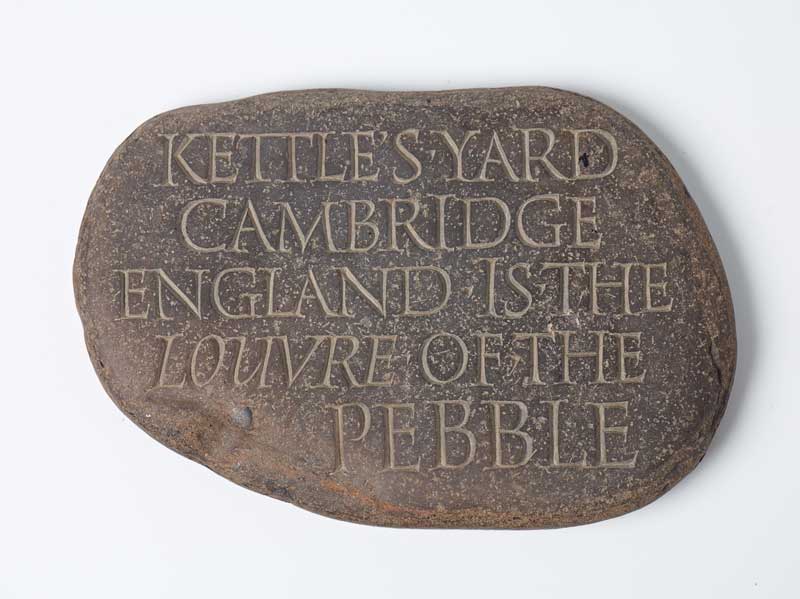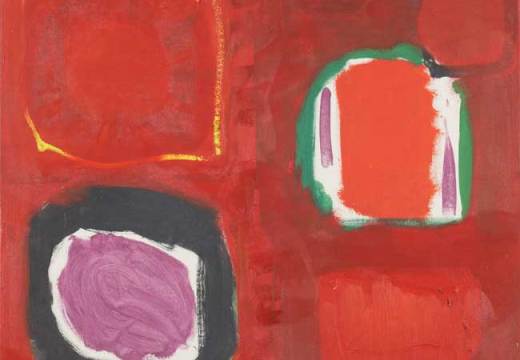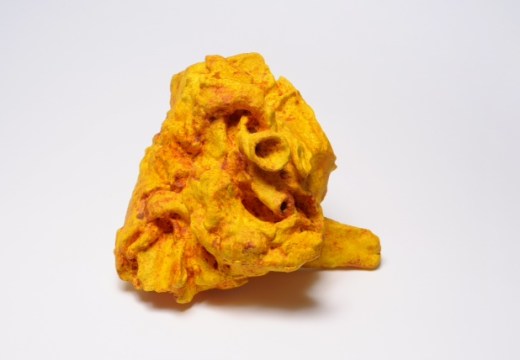Late in 1964 I was spending the first term of my second year as a Cambridge postgraduate working in Paris libraries. From a surviving scrap of a diary I find that, on Tuesday 20 October, I attended the first Rolling Stones concert to be given in France, which took place at the Olympia Music Hall on the Boulevard des Capucines. The music was inaudible, because of the enthusiasm of the audience, and newspapers on the following day recorded the consequent damage: several seats destroyed and a couple of attendants slightly wounded. This was indeed a change from the many occasions when the hall responded to the magnetic presence and fluting voice of Josephine Baker, which I had enjoyed at first hand while acting as tutor to her numerous adopted children in her Dordogne chateau a few summers before. Paris was still at that time a city of blackened stonework, in which one might notice by chance the commanding figure of General de Gaulle extracting himself from a svelte Citroën DS.
Among such distractions from my research, I was then rounding up some of the poets and artists who were contributing to the First International Exhibition of Concrete, Phonetic and Kinetic Poetry, organised by my friends Mike Weaver and Philip Steadman at St Catharine’s College, Cambridge. I rushed back to Cambridge to catch this show at the end of November. However, my most vivid memory is not of the work exhibited, but of the inevitable visit of Dom Sylvester Houédard, sweeping around the Rushmore Rooms in his monastic robes. Fifty years later, this prophetic exhibition is being commemorated by a small show at the Cambridge Centre of Latin American Studies which echoes some of the liveliest features of our original selection. Concrete poems, paper works and manuscript letters, chiefly by the Brazilian Noigandres group of São Paulo, are on display (until 1 March 2015).
It was in the summer of 1964 that I had met Ian Hamilton Finlay (1925–2006) for the first time. He was then living in central Edinburgh, and had already achieved a leading position in Britain as a concrete poet and little-press publisher, which was fully reflected in contributions to our Cambridge show. In September Ian and I began a correspondence which soon turned regular, and tracked the frustrations as well as the hard-won triumphs of the ensuing period of his life. Finlay had acquired an international reputation when he published The Dancers Inherit the Party in 1960. But from 1963 onwards, he began to desert conventional verse form and innovated with poem/prints, standing poems, and projects envisaging an architectural or landscape setting for a poetic text. Weaver and myself were among the first to write about his work, which also appeared in the magazines Image and Form, edited by Steadman. After the lapse of half a century, Finlay’s letters to me from this early period are now available in published form in an annotated edition that I have entitled Midway (Wilmington Square Books). If in 1964 Finlay’s work was still centred in the domain of concrete poetry, by the end of 1969 he was well on the way to establishing himself as a visual artist, and in particular as the creator of the garden of Stonypath/Little Sparta, for which he became well known.
Throughout the much longer period in which we exchanged letters, Finlay was always generous in sending me specimens of his published work. An opportunity for me to display a large selection of his poems and prints, together with a wide range of small-scale objects, has arrived with the opening of a second exhibition, ‘Beauty and Revolution’, which continues at Kettle’s Yard, Cambridge, until 1 March 2015. There is a special reason for stressing the Cambridge connection in respect of this show. Jim Ede, the founder of Kettle’s Yard, also made Finlay’s acquaintance in 1964. Reciprocally, Finlay himself soon became interested in the coherent image of historic English modernism that was epitomised by Ede’s installation. Though his agoraphobia prevented him from visiting Kettle’s Yard, he recognised it as a yardstick against which his own achievement at Stonypath could be measured. In 1995, he contributed to an exhibition held at Kettle’s Yard with a stone bearing the inscription: ‘Kettle’s Yard Cambridge England is the Louvre of the Pebble’. Showing a full range of Finlay’s work in this congenial context illuminates Ede’s modernism, as well as offering clear indicators of Finlay’s own postmodern turn.
Click here to buy the January issue of Apollo
Unlimited access from just $16 every 3 months
Subscribe to get unlimited and exclusive access to the top art stories, interviews and exhibition reviews.














![Masterpiece [Re]discovery 2022. Photo: Ben Fisher Photography, courtesy of Masterpiece London](http://www.apollo-magazine.com/wp-content/uploads/2022/07/MPL2022_4263.jpg)
Has the Fitzwilliam lost the hang of things?